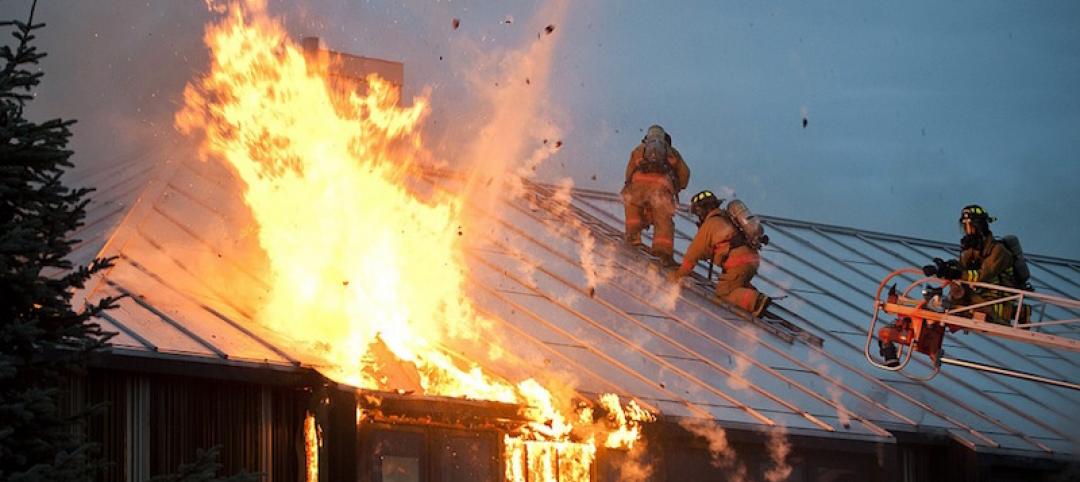A new report by the Council on Tall Buildings and Urban Habitat (CTBUH) investigates the potential for rope-less and multidirectional elevator cabins for high-rise buildings.
The technology runs on a series of seamless loops, powered by magnetic levitation. These rope-less and multidirectional elevator cabins could follow multiple routes within a given building.
This would reduce the number of shafts needed and increase rentable area, while also allowing elevators more options in terms of where they stop across a building’s dimensions. This technology could be paired with skybridges and skyspaces to link communities together at height.
This concept could bolster “the critical link between a piece of architecture and the urban sphere, while combating some of the insularity endemic to skyscrapers,” according to CTBUH. The report is the result of two years of research by the CTBUH Research Office in Venice, CTBUH staff, professionals in the field, and a research team of architecture and supporting academic advisors. It is part of a series of research reports that offer insight into specific areas of skyscraper research.
Related Stories
Codes and Standards | Aug 3, 2017
ASID headquarters is first space in the world to earn both LEED and WELL Platinum Certification
Washington, D.C. office is showcase for top levels of the two standards.
Codes and Standards | Aug 2, 2017
OSHA to release web-based injury and illness reporting form on August 1st
Employers can use the application to submit forms electronically.
Codes and Standards | Aug 1, 2017
Zoning that restricts housing construction also dampens other economic development
Land use restrictions reduce U.S. GDP by 9% annually.
Codes and Standards | Jul 27, 2017
Five fire scenarios tested on full-scale mass timber building
Results will help inform code changes.
Codes and Standards | Jul 26, 2017
New ISO standard on video fire detectors will help identify fires more quickly
The standard marks the first comprehensive international specification for this equipment.
Codes and Standards | Jul 25, 2017
Geotechnical solutions prevent building distress due to expansive clay soils
The condition is the most common geologic hazard in the U.S.
Codes and Standards | Jul 24, 2017
Non-union labor gaining ground in New York City
President of contractors’ group says competitive pricing is spurring more open shops.
Codes and Standards | Jul 20, 2017
New tallest tower west of the Mississippi built to stringent seismic standards
L.A.’s new 1,100-foot skyscraper dominates city’s skyline.
Codes and Standards | Jul 20, 2017
Chicago rises to the top of U.S. cities in percentage of LEED or Energy Star office buildings
Certified office buildings reach 66% in windy city.
Codes and Standards | Jul 19, 2017
Economic impacts of climate change will jump over next two decades
Average annual cost to buildings and infrastructure from eastern storms to rise by $7.3 billion.















